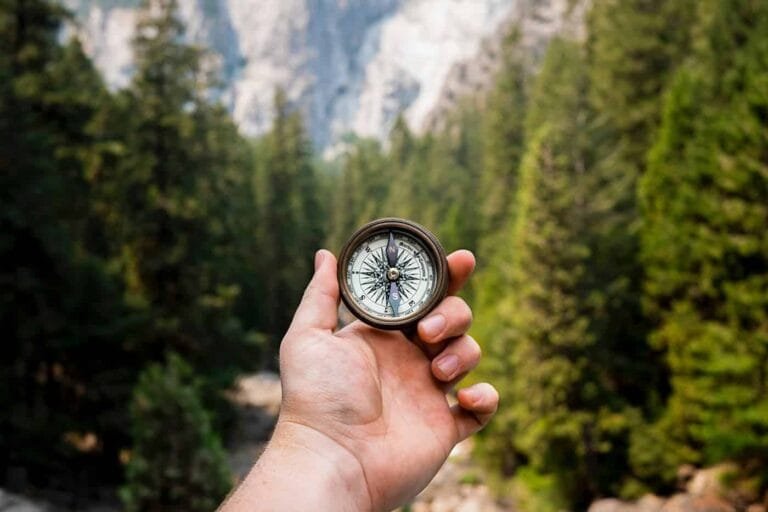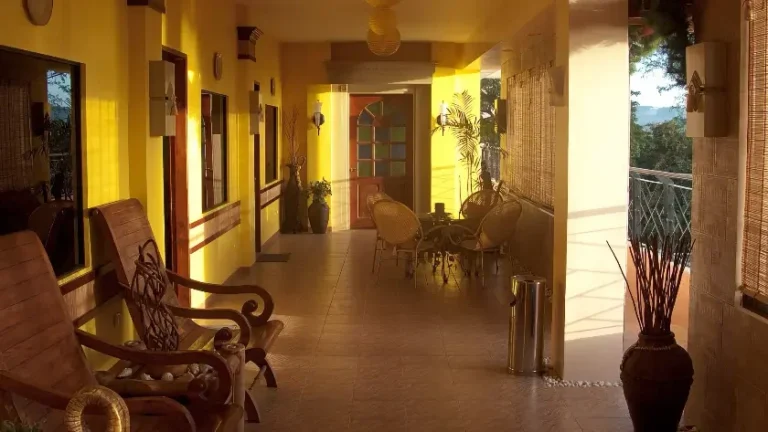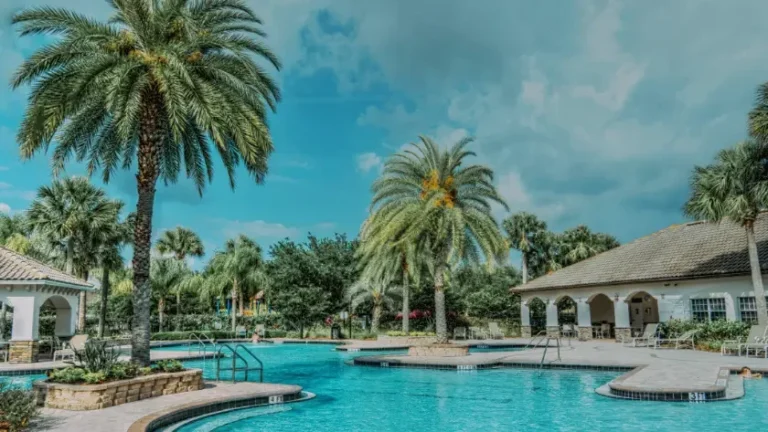🐒 Bohol Tarsiers – Meet the World’s Smallest and Most Mysterious Primate
The Philippine tarsier is one of Bohol’s most iconic creatures — tiny, wide-eyed, and packed with quirks that make it unlike any other animal in the world. Found deep in the forests of Corella, Loboc, and nearby towns, these shy primates are one of the must-see attractions for any traveler exploring Bohol’s natural side.
Let’s dive into why tarsiers are so fascinating — and why they need our protection more than ever.
📏 What Exactly is a Tarsier?
Tarsiers belong to a unique group of small primates. The Philippine tarsier (Tarsius syrichta) is just 10–15 cm tall, about the size of a human fist — making it one of the smallest primates in the world.
- Weight: 80–180 grams
- Tail length: Up to 25 cm — often longer than its body!
- Eyes: Each eyeball is as large as its brain
- Lifespan: 12 to 20 years (in protected conditions)
Despite their small size, they’re full of surprises — they can leap over 5 meters from tree to tree, turn their heads 180 degrees, and communicate in ultrasonic frequencies.
“I couldn’t believe how tiny they were — and those eyes! Seeing them in Corella was the highlight of my trip.”
– 🌿 Traveler from Australia
🌙 Nocturnal, Carnivorous, and Incredibly Agile
Tarsiers are nocturnal, meaning they hunt and roam at night. During the day, they hide in tree hollows or dense vines. Unlike most primates, tarsiers are completely carnivorous — their diet includes:
- 🦗 Insects (crickets, beetles, grasshoppers)
- 🦎 Small reptiles (lizards, even snakes)
- 🐦 Occasionally birds and bats
This makes Bohol’s lush, insect-rich secondary forests the perfect habitat — especially in places like Corella and Sikatuna where insect populations thrive.
🔬 Unique Evolutionary Traits
Tarsiers have been around for over 45 million years. Here are some traits that make them evolutionary marvels:
- Eyes are fixed in their sockets — they can’t move them. Instead, they rotate their head like an owl.
- Hearing is ultra-sensitive — some can detect frequencies up to 91 kHz.
- Hands and feet are long and flexible, with pads that grip branches firmly.
- They use scent glands and vocal sounds to communicate and mark territory.
❗ Endangered and Sensitive to Human Contact
Unfortunately, tarsiers are on the endangered species list due to:
- 🚜 Deforestation (both legal and illegal logging)
- 🔥 Slash-and-burn farming
- 🧸 Illegal wildlife trade (sold as stuffed souvenirs in the past)
- 😟 Stress from noise, touching, or flash photography
When stressed, tarsiers can stop eating, self-harm, or even die. That’s why ethical viewing — in places like the Corella sanctuary — is essential.
“Tarsiers look fragile because they are. Touching or crowding them causes deep stress. We train guides to help tourists observe them the right way.”
– 🧢 Local sanctuary staff
🧭 Where to See Tarsiers in Bohol
Tarsiers are best viewed in protected sanctuaries, especially the ones managed by the Philippine Tarsier Foundation. Avoid roadside cages or unethical tourist stops.
Here are the top places to ethically observe them:
- ✅ [Philippine Tarsier & Wildlife Sanctuary – Corella] (Highly recommended)
- [Tarsier Conservation Area – Loboc]
- [Philippine Tarsier Recreation Inc. – Bilar]
- [Tarsier Botanika – Panglao]
👉 Add affiliate links here to related tour listicles like:
[Best Bohol Countryside Tours with Tarsiers]
[Tarsier & Chocolate Hills Day Trips from Panglao]
🍼 Fascinating Reproduction & Behavior
Tarsiers typically give birth to a single offspring after a 6-month pregnancy. What’s mind-blowing is that the baby is:
- Born fully furred
- Can climb within 2 days
- Starts leaping in less than a week!
Mothers park their babies on branches while they hunt, and care for them for about 60 days.
💚 Why Conservation Matters
In the 1960s, tarsiers were common in Bohol. Today, less than 1,000 wild individuals remain on the island. Sanctuaries, local guides, and conservation groups — including Carlito “The Tarsier Man” Pizarras — are fighting hard to protect them.
By visiting tarsiers ethically, you’re supporting forest conservation and spreading awareness.
👉 Want to help? Book a guided tour with conservation-approved operators.
→ [Explore Tarsiers with Local Experts – Tour Listicle]
🧳 Plan Your Visit
- 📍 Best sanctuary: Philippine Tarsier & Wildlife Sanctuary in Corella (20 mins from Tagbilaran)
- 🕒 Best time: Morning visits (tarsiers are resting and visible)
- 🚫 What to avoid: Flash, noise, or tour operators offering close contact
- 📸 Tip: Bring a zoom lens and observe from a distance
- 🧢 Dress light, wear closed shoes, and respect the silence of the forest
🌿 Final Thoughts
The Bohol tarsier is more than a cute face — it’s a living relic of evolution, and a gentle symbol of the Philippines’ fragile biodiversity. Visiting these tiny primates in a responsible way is a privilege and a powerful way to help them survive.
🌱 Book your tarsier-friendly countryside tour today and make your Bohol trip one to remember.
Support our site by booking through our trusted partners. These affiliate links help us keep our content free while ensuring you get the best travel deals!







